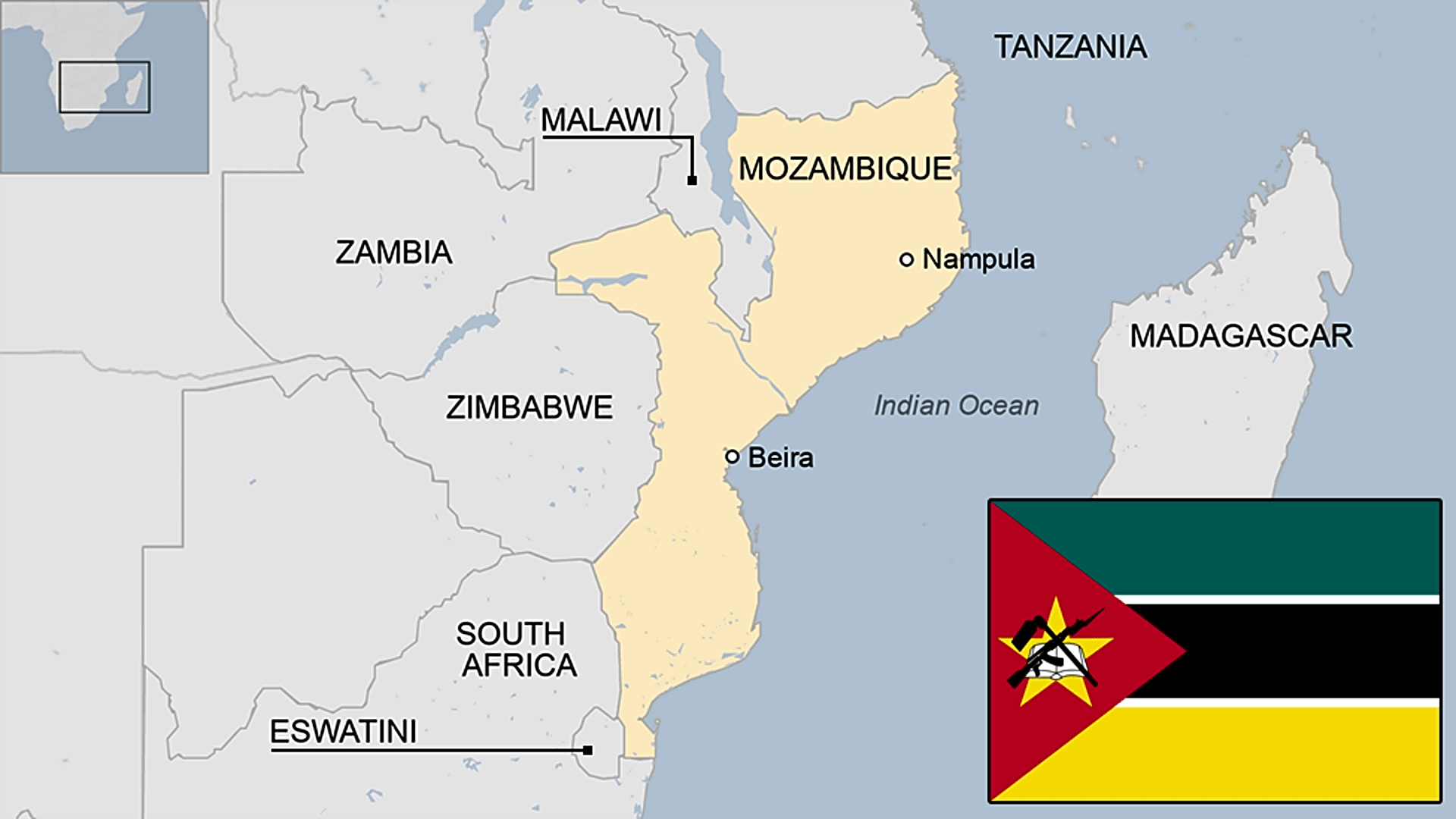Summarized by AI Model:facebook/bart-large-cnn
Todd Ashton, vice president of Ericsson, thinks that the rollout of 4G in Africa would contribute to the development of unicorn companies. He compared the region to Asia, where nations like Indonesia have established such businesses through improved connection. 4G coverage in Africa has increased from 10% in 2020 to 30% at present.Summarized by AI Model:facebook/bart-large-cnn
Todd Ashton, vice president of Ericsson, thinks that the rollout of 4G in Africa would contribute to the development of unicorn companies. He compared the region to Asia, where nations like Indonesia have established such businesses through improved connection. 4G coverage in Africa has increased from 10% in 2020 to 30% at present.Todd Ashton (pictured), vice president of Ericsson, thinks that the rollout of 4G in Africa would contribute to the development of unicorn companies, comparing the region to Asia, where nations like Indonesia have established such businesses through improved connection. Ashton, Head of Customer Unit South and East Africa at Ericsson Middle East and Africa, stated in an interview with Developing Telecoms that 4G coverage in Africa has increased from 10% in 2020 to 30% at present. He did, however, emphasise the necessity of additional growth in order to increase Africa’s economic competitiveness.
Ashton, who spent more than seven years as Managing Director of Ericsson Malaysia, Sri Lanka, and Bangladesh, attributed Asia’s success to 4G. Five unicorn firms, including the ride-hailing service Gojek, have emerged in Indonesia alone as a result of increased connectivity.
“In Africa, we have a chance to take a similar approach,” Ashton stated. He did point out, though, that Africa is different from Asia and needs particular operating circumstances in order to support the expansion of connectivity. Ashton clarified that the growing cost of energy is a major obstacle. In order to solve this, Ericsson has made research and development investments to cut the weight and energy consumption of its radios in half, making room for 5G equipment.
Widespread 5G deployment has not yet taken off, while 4G adoption in Africa is still in its infancy. According to Ashton, 5G will be a “last-mile technology to deliver home broadband,” assisting in the connection of underdeveloped areas with difficult-to-reach terrain. The high price of cellphones is yet another major obstacle that keeps many Africans from taking part in the digital economy due to financial constraints.
Ashton admitted that Ericsson faces more competition in Africa now than it did in the early 2000s, when it dominated the industry with over 70% of the market after constructing 2G networks. Despite this, Ashton sees room for expansion, especially in addressing the financial exclusion of the unbanked people and bringing the unconnected online. He did, however, stress the necessity of regulatory change to lower the cost of connectivity.
Additionally, in order to improve connectivity, we are inventing with radios. Working together with mobile operators, regulators, and governments is essential to acknowledging that connection is a fundamental human right, propels GDP growth, and encourages financial inclusion, particularly for women through mobile money. In order to cut costs, we also need to address policy concerns like lowering phone duties and lowering the cost of spectrum with longer maturities. This guarantees that funds are allocated to expanding networks and improving service accessibility,” Ashton said.


